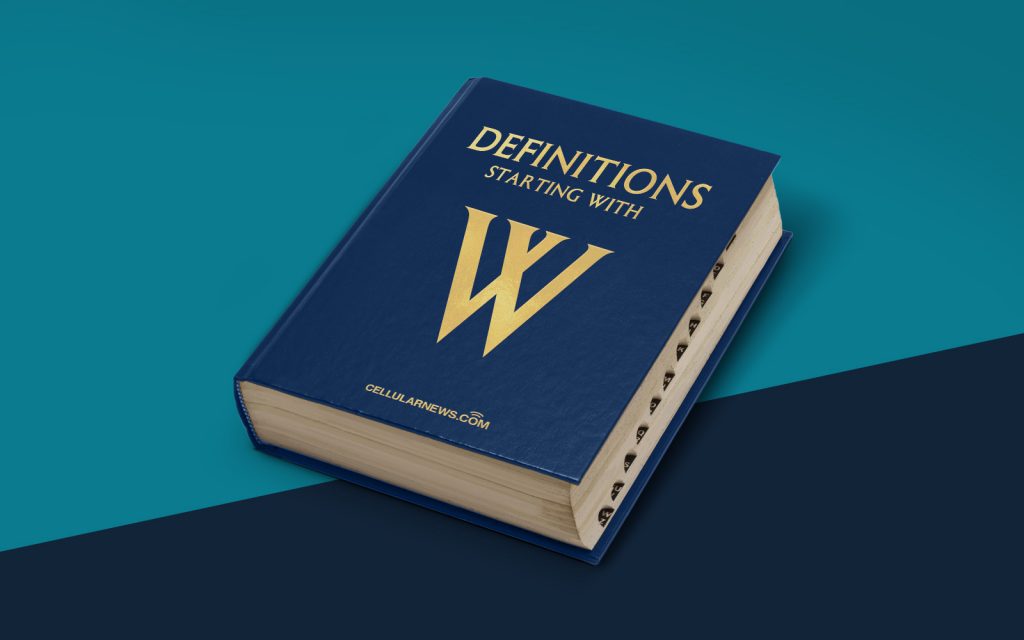
DEFINITIONS: What is a Web Service?
In the vast world of internet technologies, the term “web service” is often thrown around. But what exactly does it mean? In simple terms, a web service is a way for different applications to communicate with each other over the World Wide Web. It allows software systems to interact and share data seamlessly, irrespective of the programming languages, operating systems, or platforms they are built on. Now, let’s dig deeper and explore the key aspects that define a web service.
Key Takeaways:
- A web service is a way for applications to communicate over the internet.
- It enables seamless data sharing between different software systems.
1. Interoperability: One of the defining characteristics of web services is their ability to achieve interoperability. This means that applications developed in different programming languages or running on different platforms can effortlessly exchange data. Whether it’s a Java application communicating with a .NET application or a mobile app accessing a server, web services provide a standardized method for these interactions. This interoperability is made possible through the use of open standard protocols like HTTP, XML, and SOAP.
2. Service-Oriented Architecture (SOA): Web services are an integral part of the service-oriented architecture (SOA), which is an architectural style for designing distributed systems. SOA breaks down complex applications into smaller, independent services that can be combined to create robust and scalable solutions. Web services provide the means for these services to communicate and collaborate, allowing organizations to build modular, reusable, and flexible applications.
3. Exposing Functionality: Web services expose specific functionality or resources that can be accessed by other applications. These functions, known as “web methods” or “endpoints,” can perform various tasks like retrieving data from a database, processing information, or performing calculations. By exposing these functions, web services enable developers to leverage existing functionality without having to recreate it from scratch, promoting code reusability and reducing development time.
4. Standardized Communication: Web services use standard protocols and data formats to ensure seamless communication between applications. Hypertext Transfer Protocol (HTTP) is typically used as the underlying communication protocol, allowing web services to leverage the existing infrastructure of the web. XML (eXtensible Markup Language) is commonly used for structuring the data exchanged between applications, while Simple Object Access Protocol (SOAP) provides a standardized format for SOAP messages that encapsulate the data being transmitted.
5. Description and Discovery: Another crucial aspect of web services is the ability to describe their functionality and make it discoverable. Web Services Description Language (WSDL) is an XML-based language used to describe the interface and operations of a web service. This information allows applications to know how to interact with a particular web service. Additionally, Universal Description, Discovery, and Integration (UDDI) provides a registry system where web services can be published and discovered by potential consumers.
So there you have it – a basic understanding of what a web service is and its key characteristics. In today’s interconnected digital landscape, web services play a pivotal role in enabling seamless communication, promoting interoperability, and driving the development of innovative applications. By leveraging the power of web services, businesses can unlock a world of possibilities and create more efficient and integrated systems.
